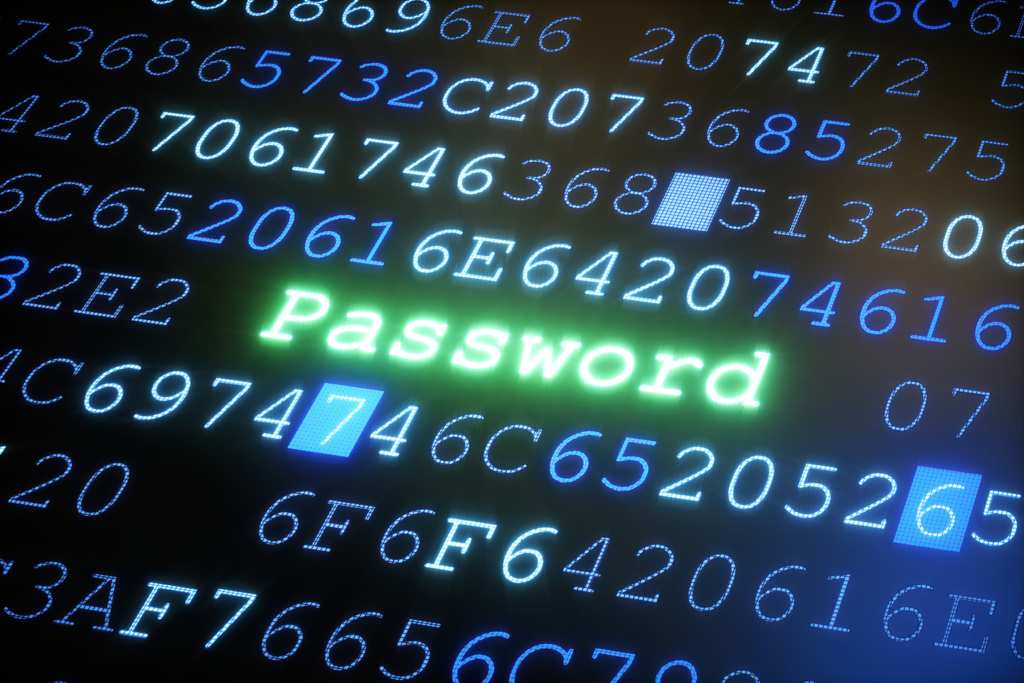Social networks are an important part of our digital lives, but they are also a frequent target for hackers looking to steal our details, passwords, bank accounts, and more.
Facebook and Twitter are two of the most popular and used social networks in the world. However, they are also a frequent target of cybercriminals seeking to steal users’ personal data, accounts, or sensitive information. How do they do that? Here we explain five of the most common hacking methods for these platforms.
So, what are the most common methods for hacking?
- Phishing: It consists of sending a false link that pretends to be from a reliable company or service, such as Facebook or Twitter, and that asks you to log in or update your information for some reason. Doing so exposes your credentials and can be used to access your account without your permission. To avoid falling into this trap, always check the address of the website you’re visiting, and don’t click on suspicious links you receive via email, text message, or social media.
- Keylogger: It is a type of malware that installs on your device and records all the keys you press, including your passwords and other sensitive data. It then sends that information to a server controlled by hackers, who can use it to access your social media accounts and other platforms. To prevent this attack, keep your device up to date with an antivirus.
- Unsecured Wi-Fi: Connecting to an unprotected or public Wi-Fi network can be very risky, as someone with access to that network could intercept your traffic and capture your login details or any other information you send or receive on the Internet. This could allow him to hack your Facebook and twitter accounts, among others.
- Weak passwords: Many users choose passwords that are easy to remember, but also easy for hackers to guess or crack. Some examples are first name, last name, date of birth, phone number, or simple combinations like 123456 or qwerty. These passwords can be hacked by programs that try thousands of possible combinations until they find the right one.
- Malware: These are malicious programs that are installed on the user’s device without their consent and can perform various malicious actions, such as spying on activity, logging keystrokes, stealing files, or taking control of the computer.
How to protect yourself?
To avoid being a victim of these hacking methods, it is important to follow some basic security recommendations:
- Do not click on suspicious Link web or links from unknown sources.
- Verify the address and the security certificate of the web pages before entering personal data.
- Choose strong passwords that contain upper and lower case letters, numbers, and special symbols.
- Change passwords periodically and do not use the same one for different accounts.
- Activate two-step verification to add an extra layer of security when logging in.
- Keep the operating system and applications updated to correct possible security flaws.
- Install an antivirus and firewall on the device and scan it regularly to detect and remove potential threats.
Other final tips to keep in mind
You must be very careful when receiving messages from supposed contacts that are not the real ones. To find out if the Facebook message is from a real contact, you can follow these tips:
Analyze the content of the message. If it seems suspicious, strange, or urgent to you, it may be a sign that it is fake. For example, if you’re asked to click a link to fix a problem, claim a prize, or view a photo. If you have a strange address, different from Facebook, or does not match the content of the message, it may be a sign that it is fake.
If you follow these tips, you can avoid falling for scams or attacks that seek to steal your password, your data or infect your device with viruses.




